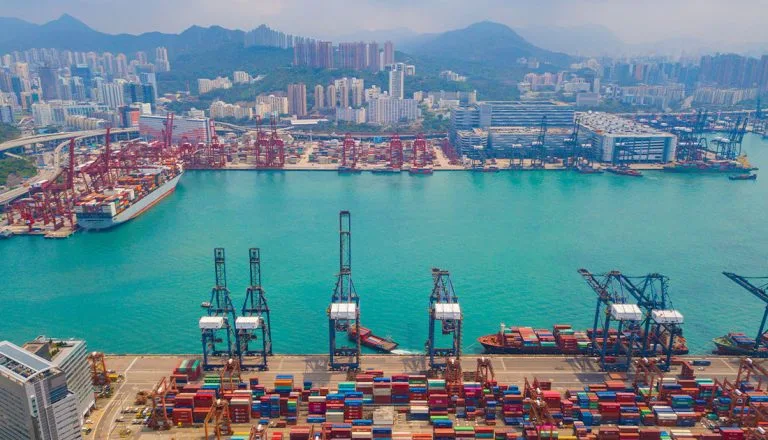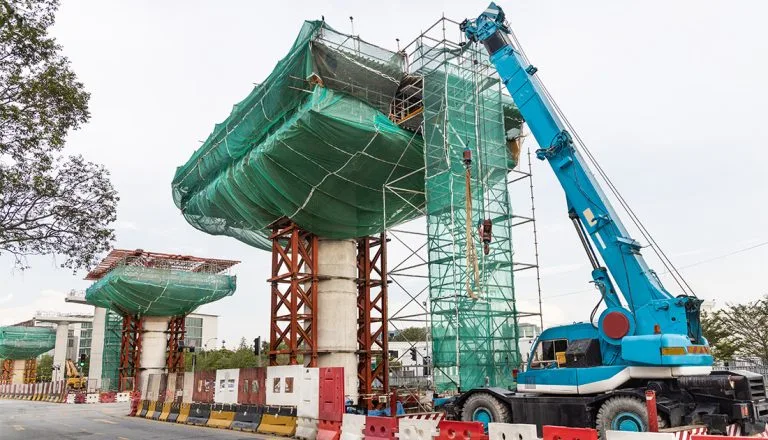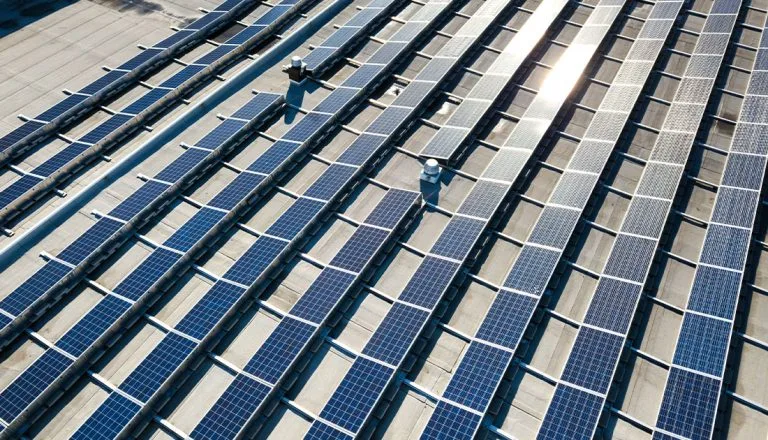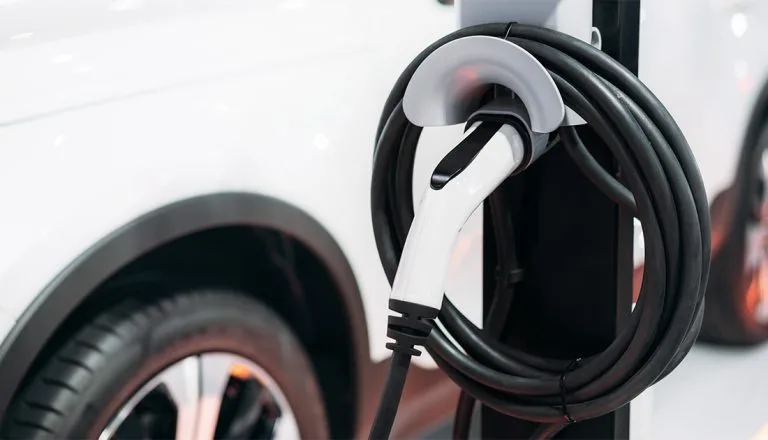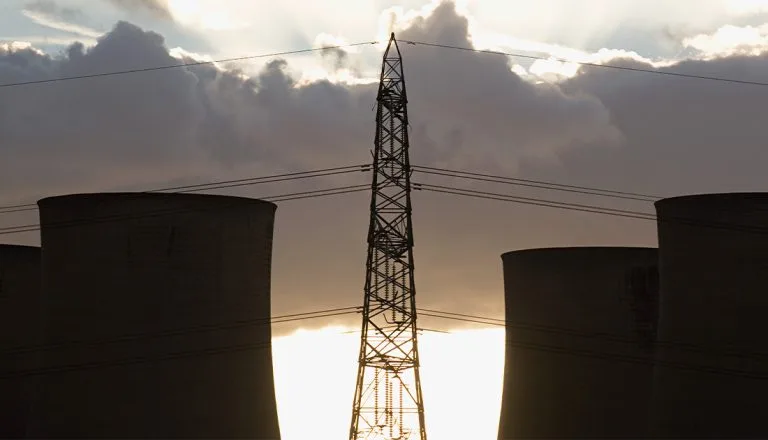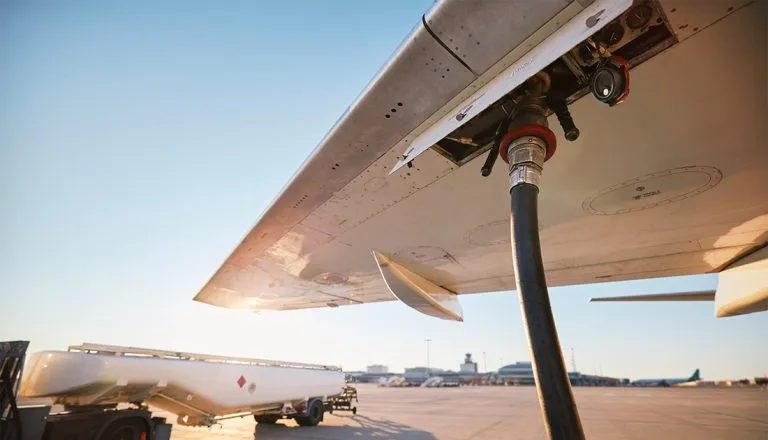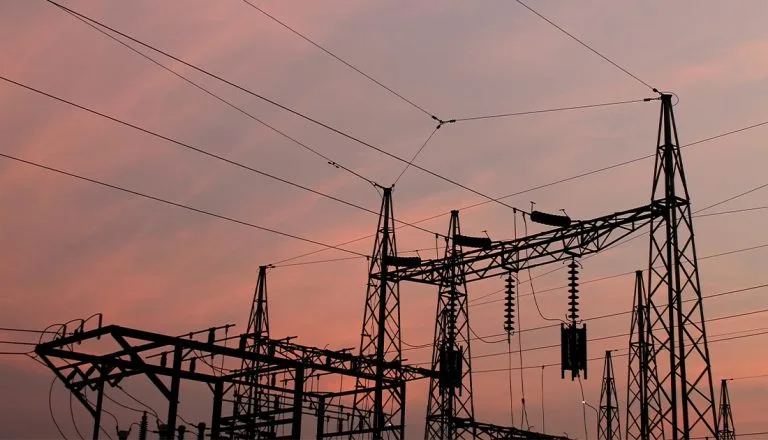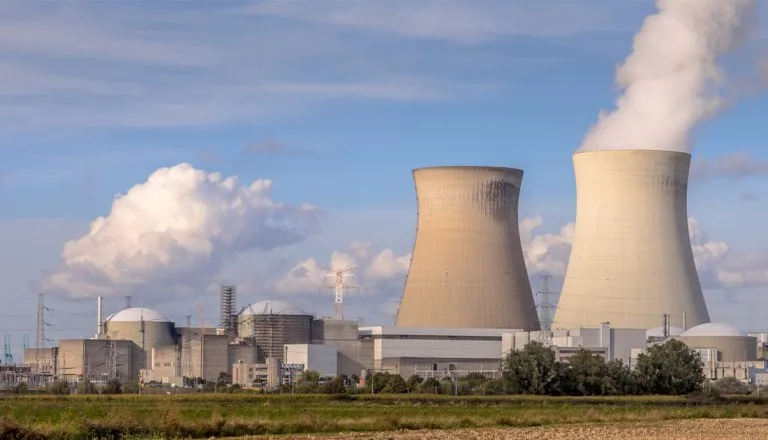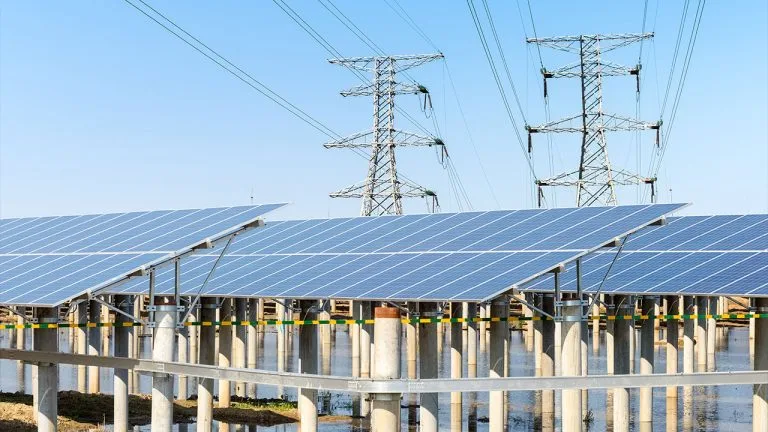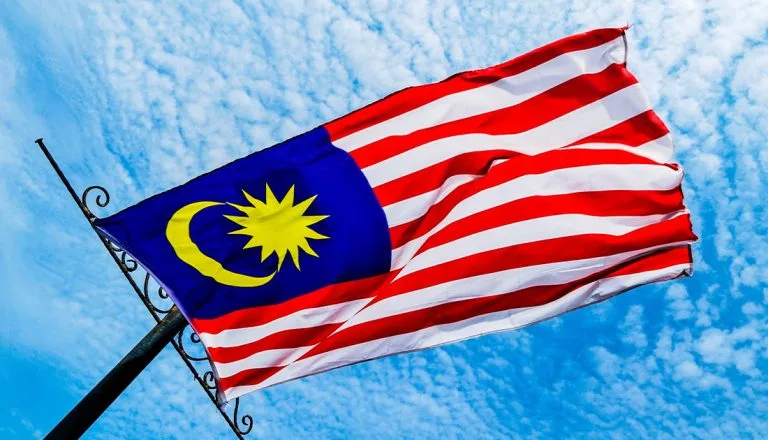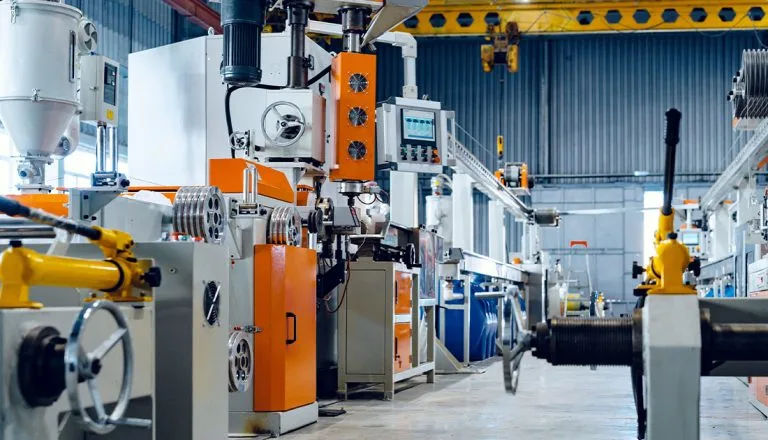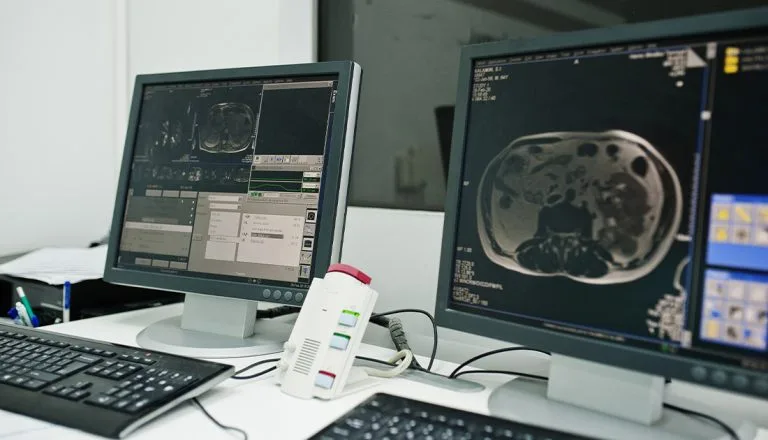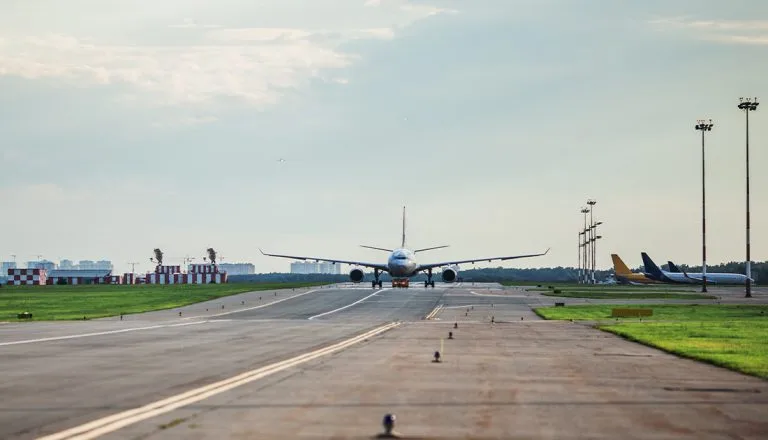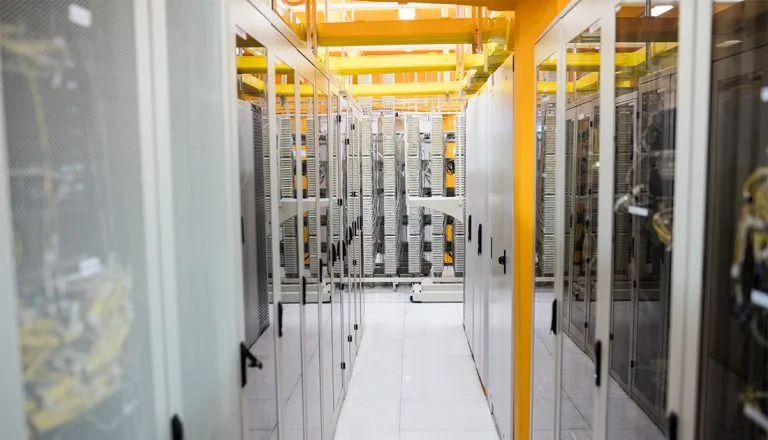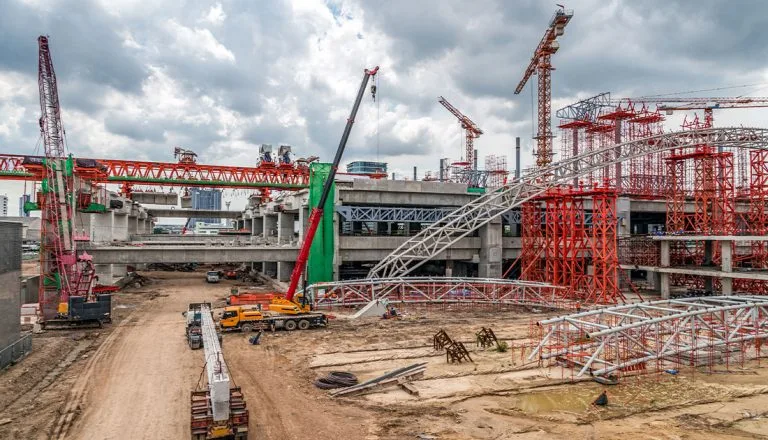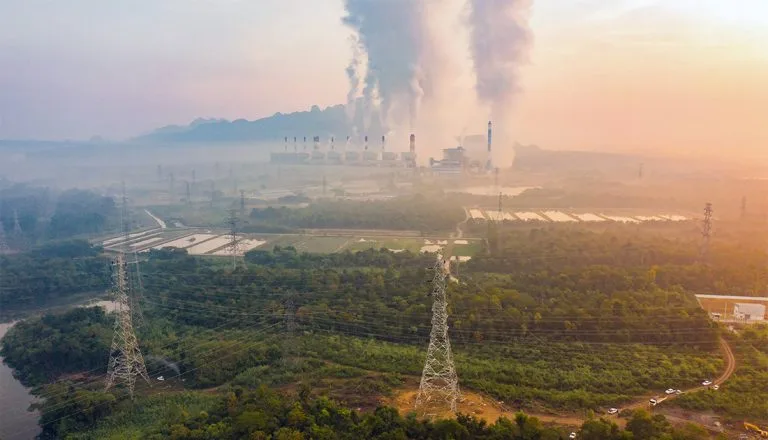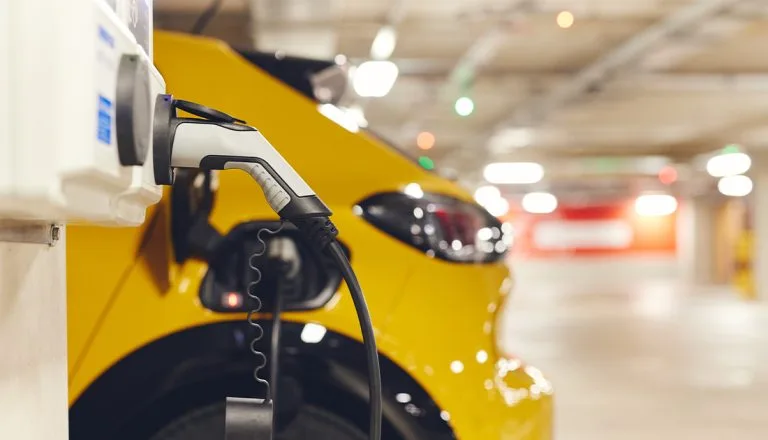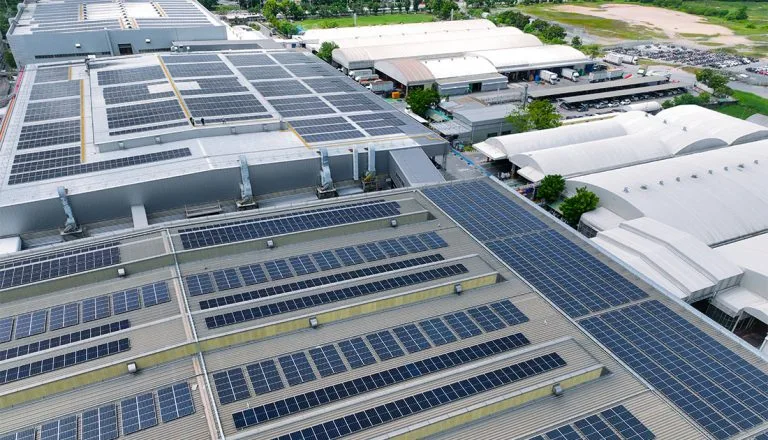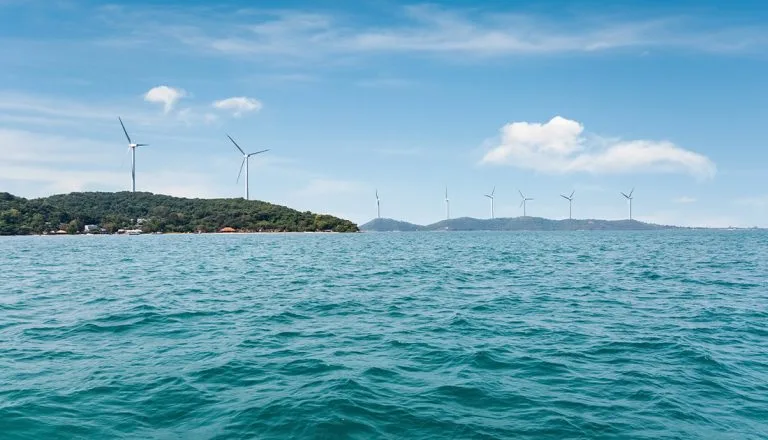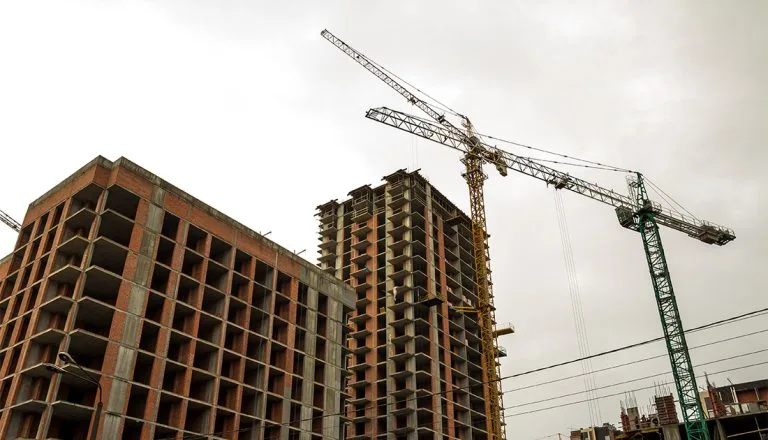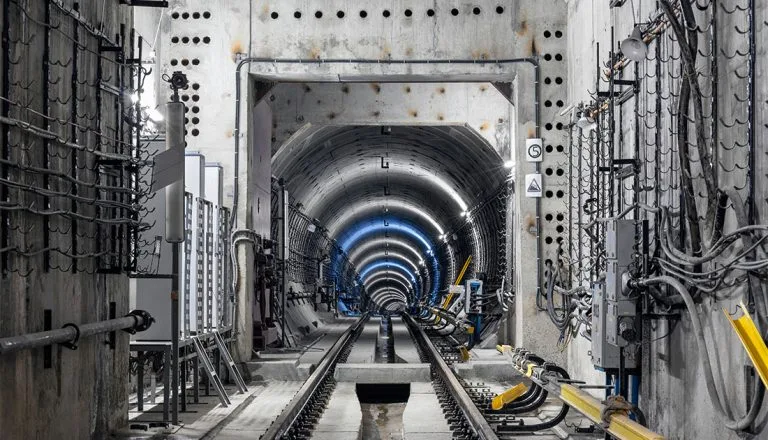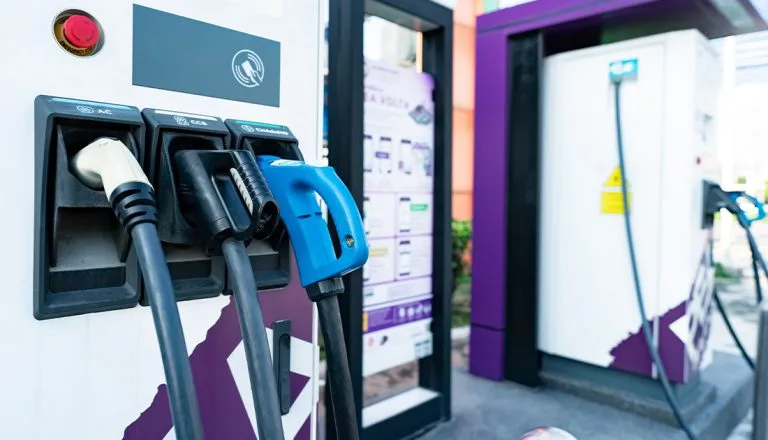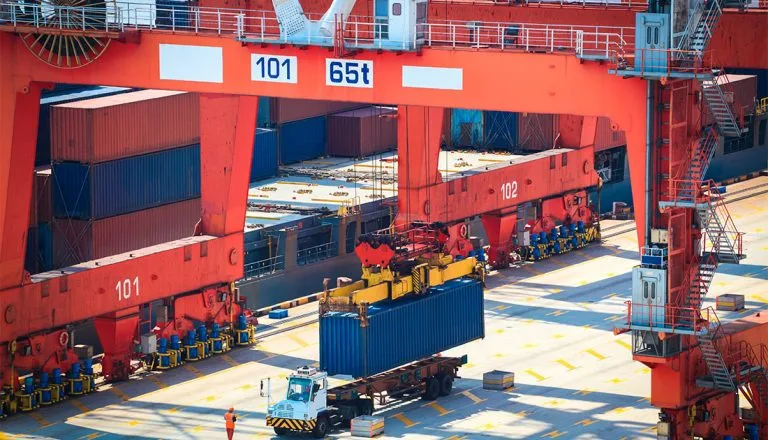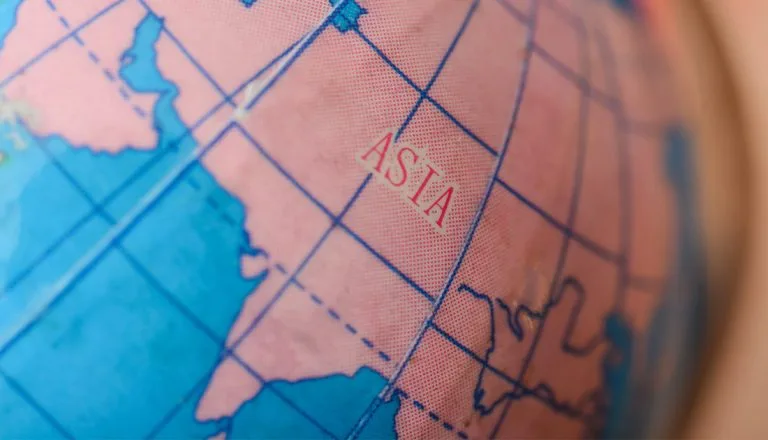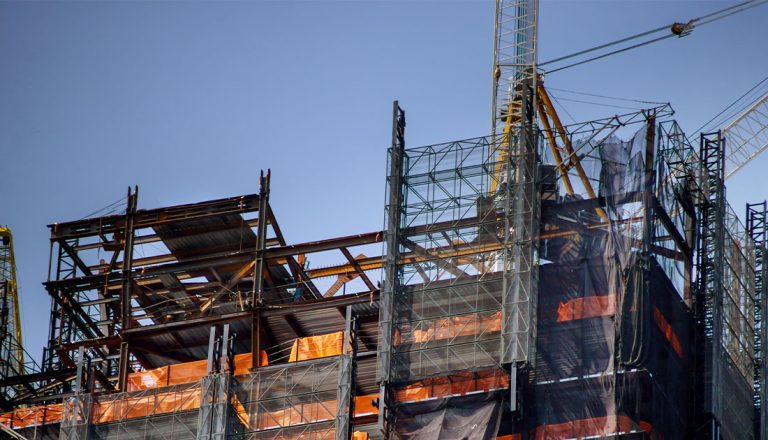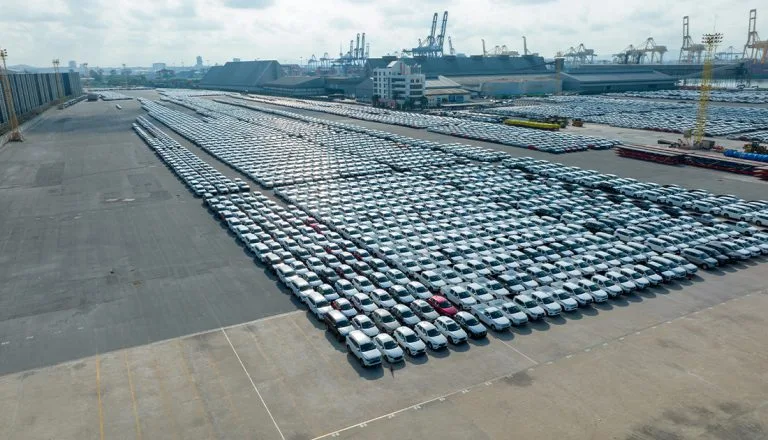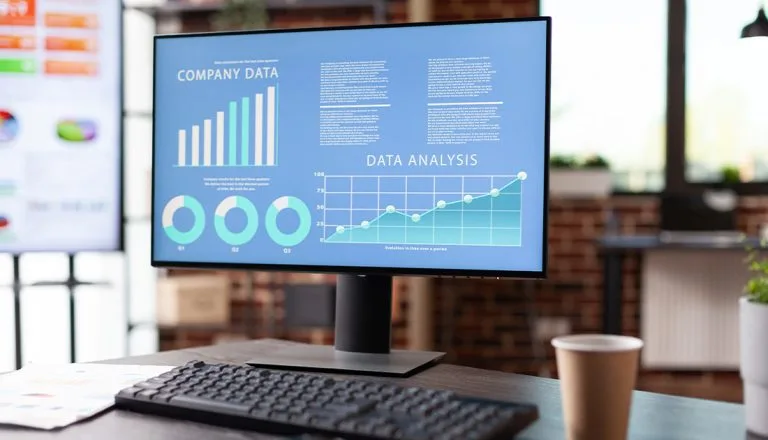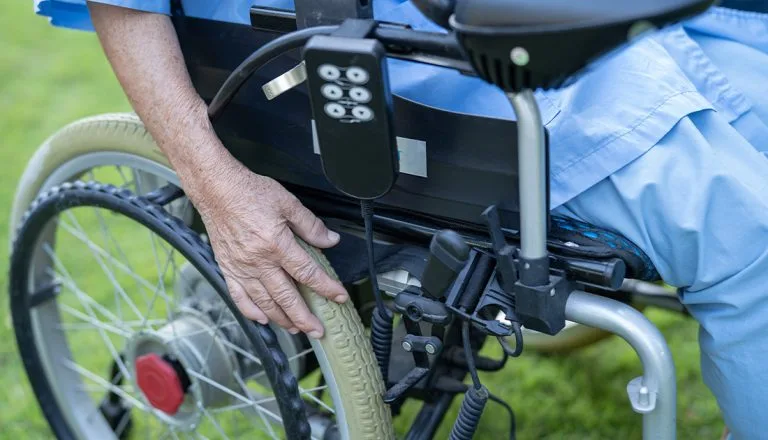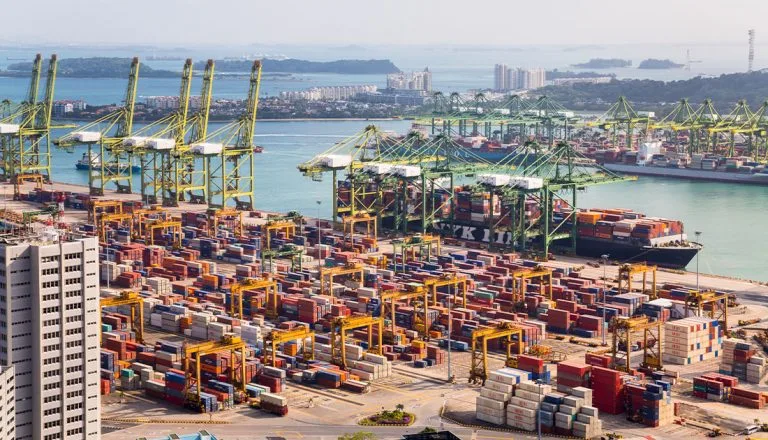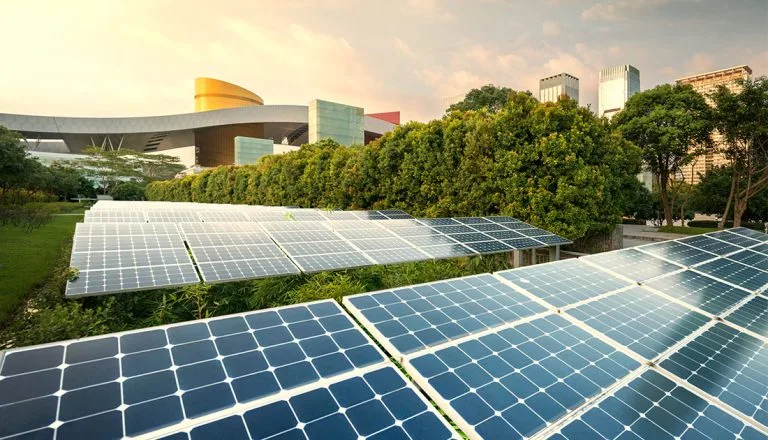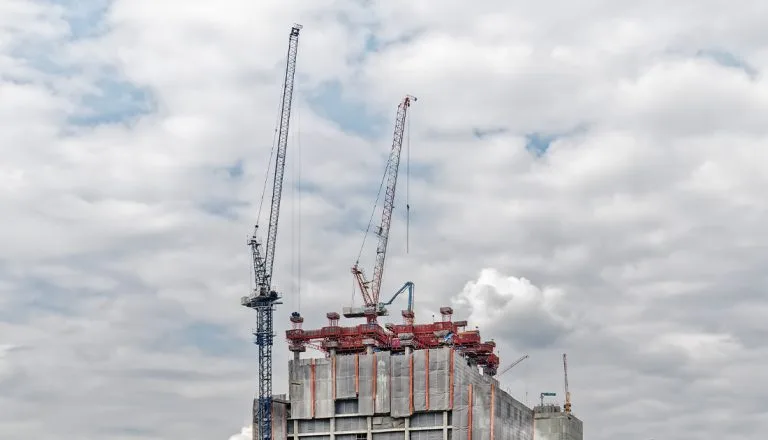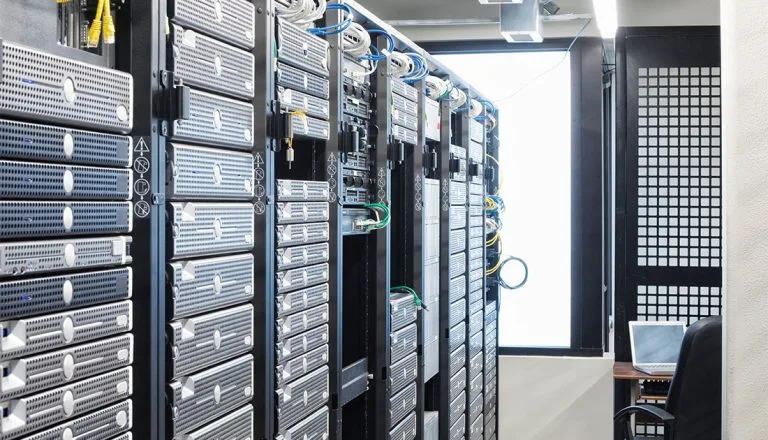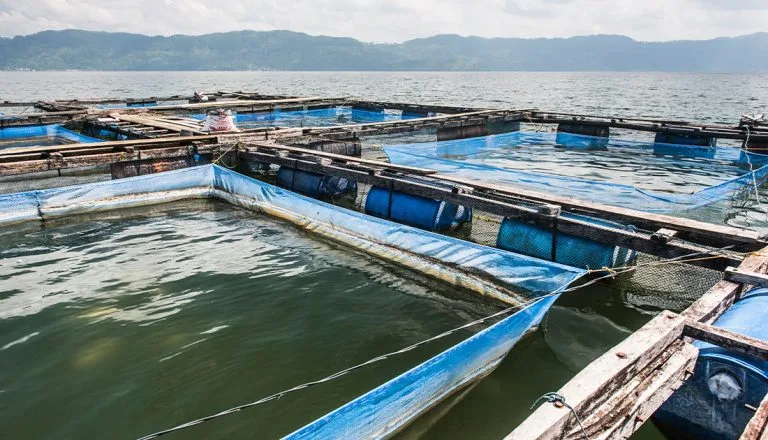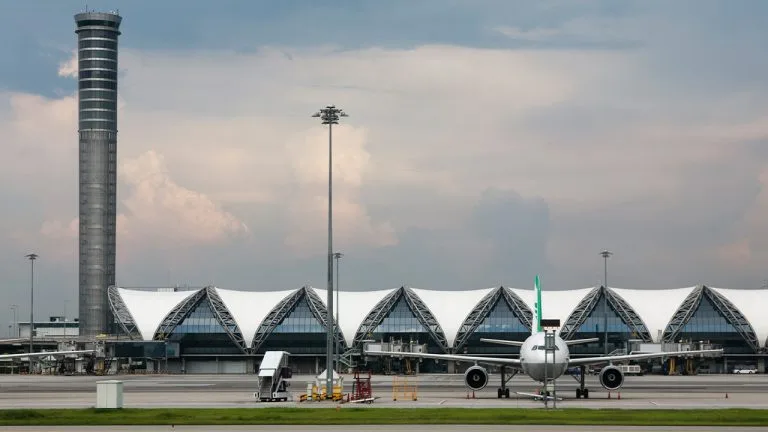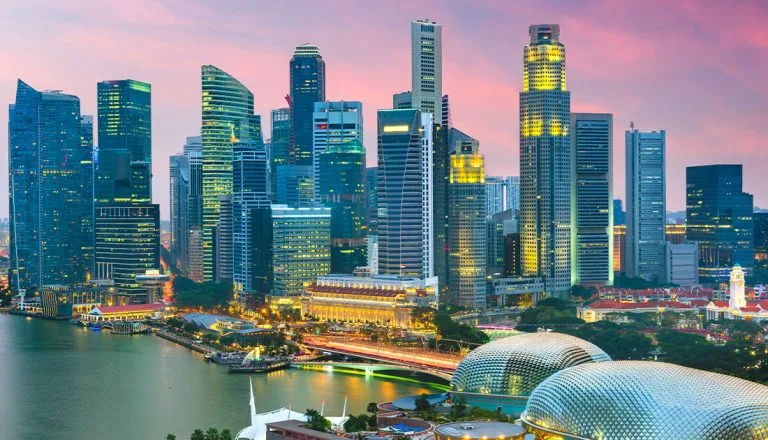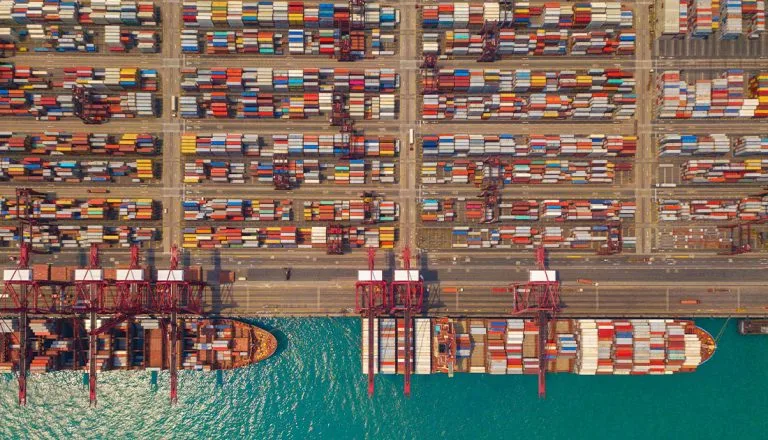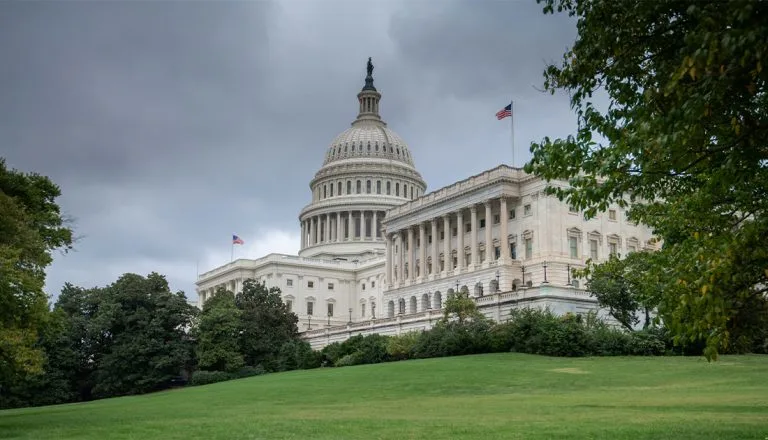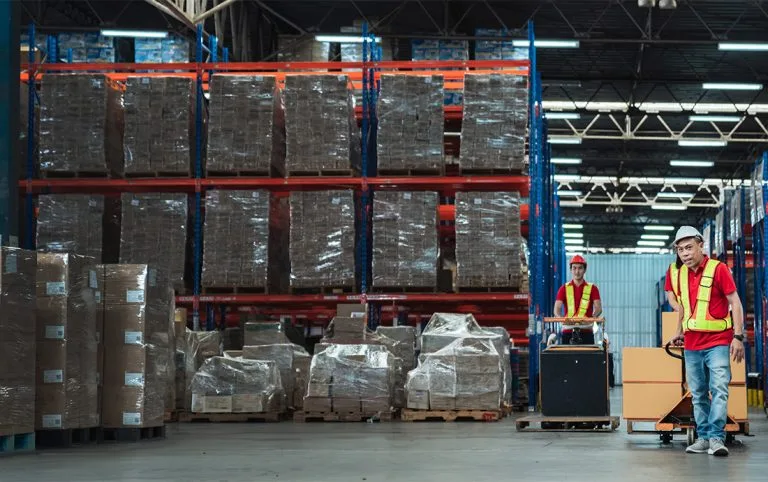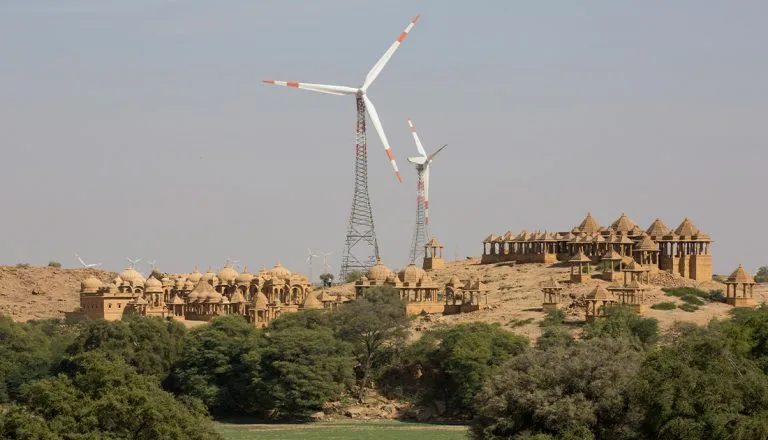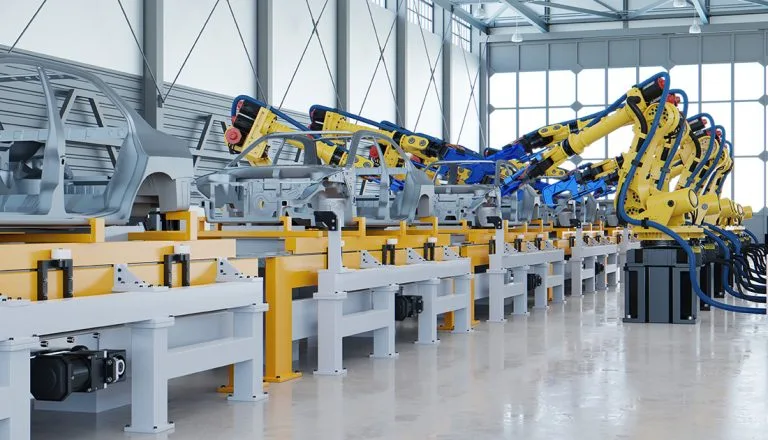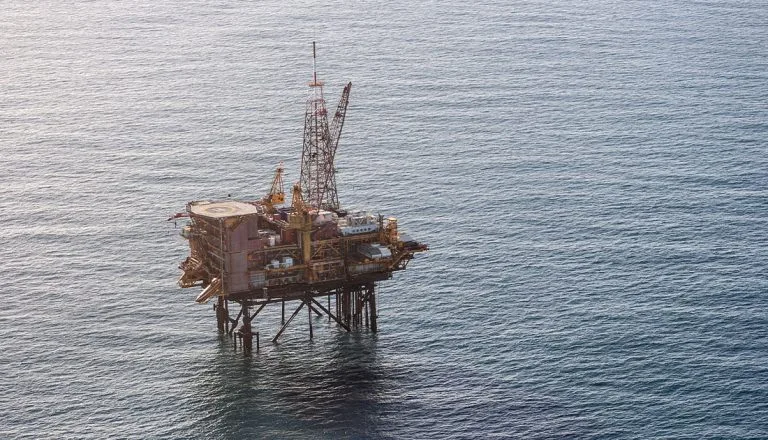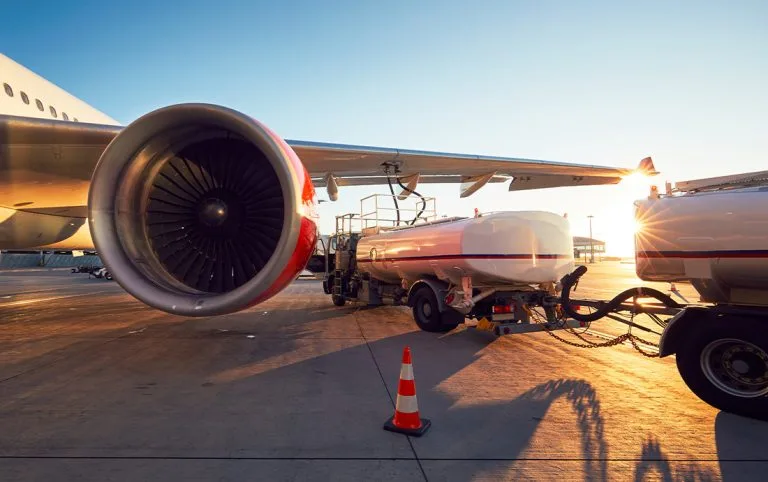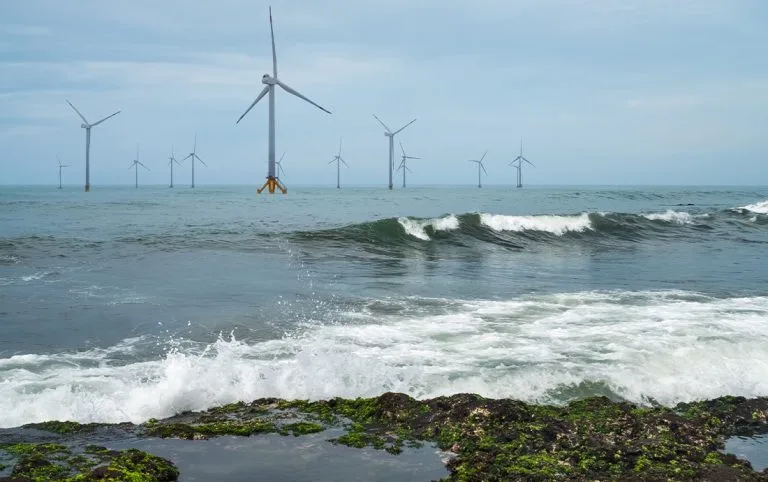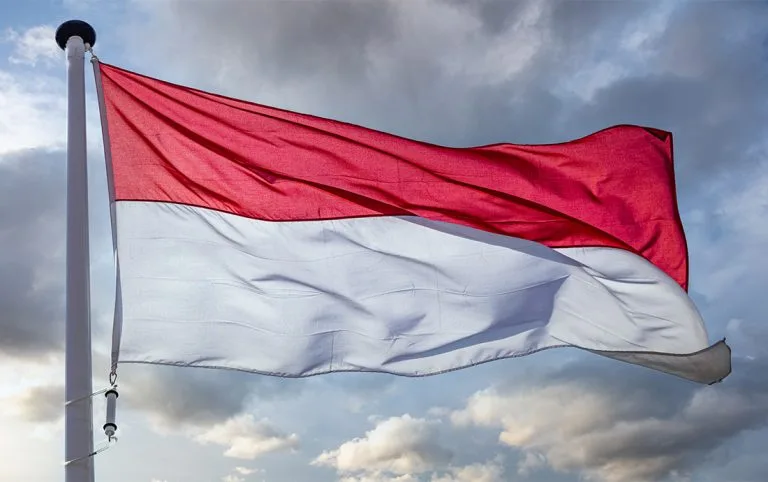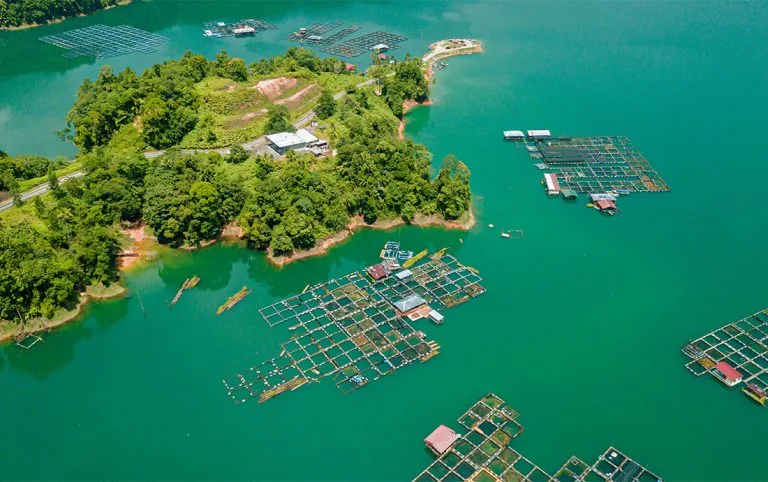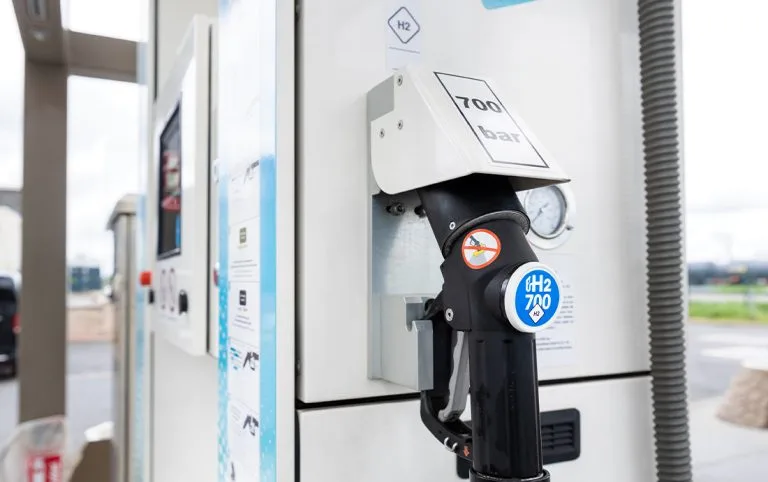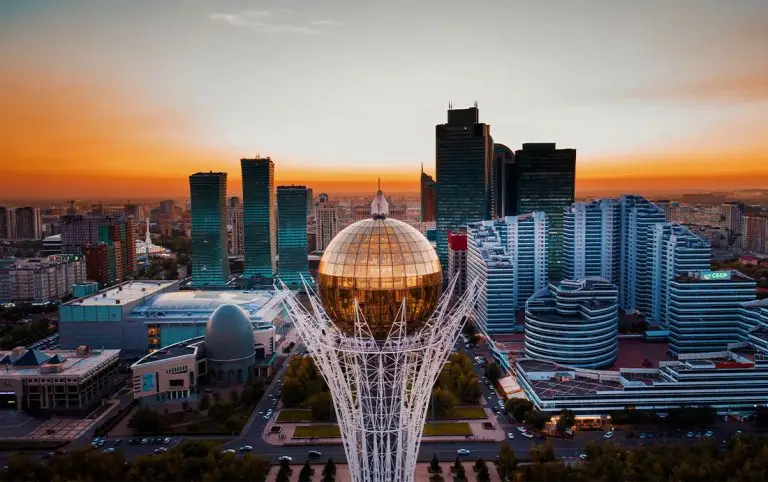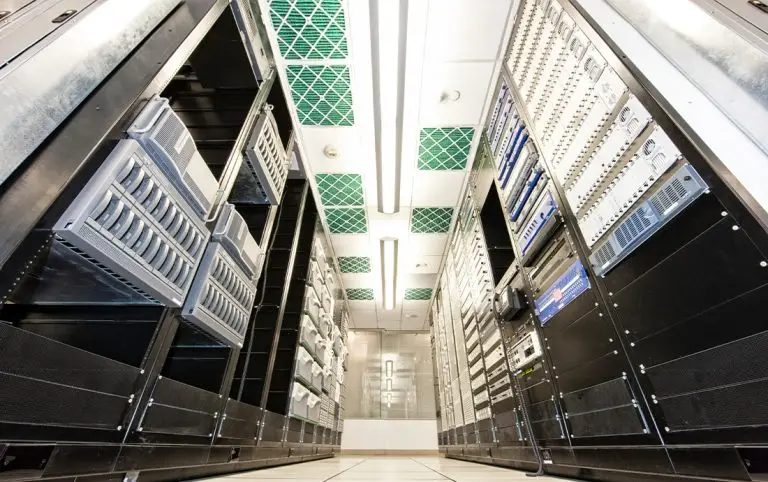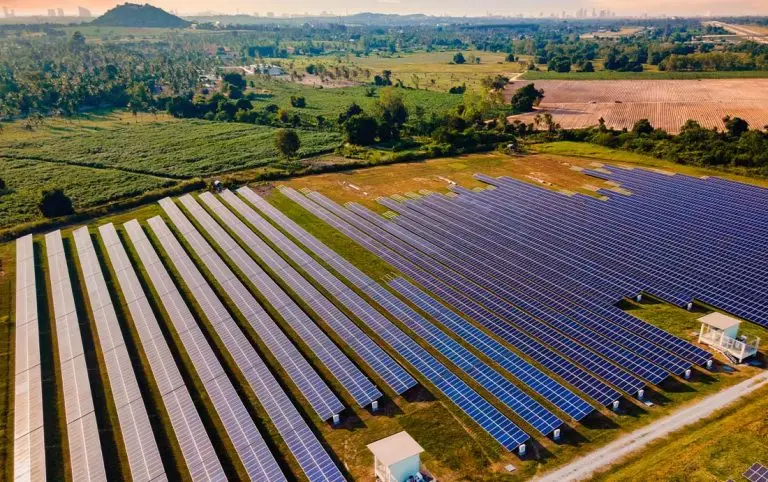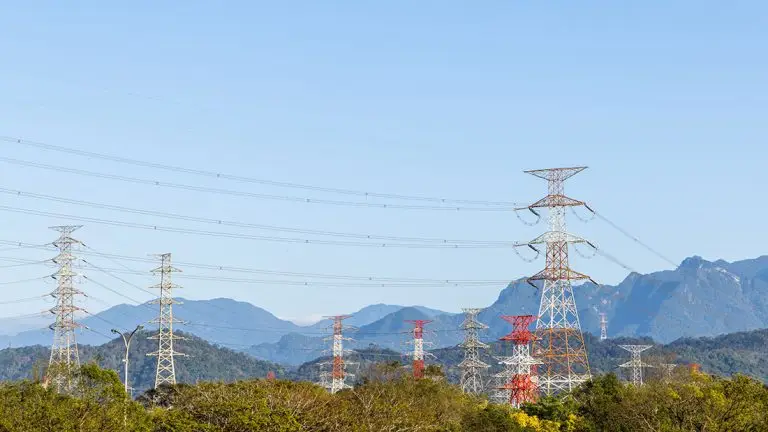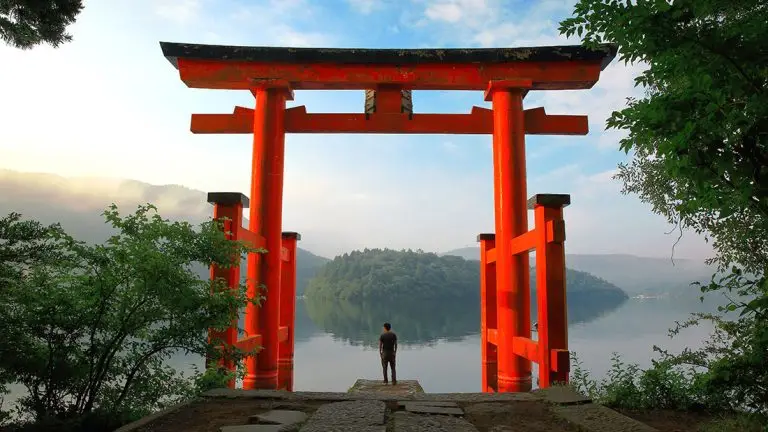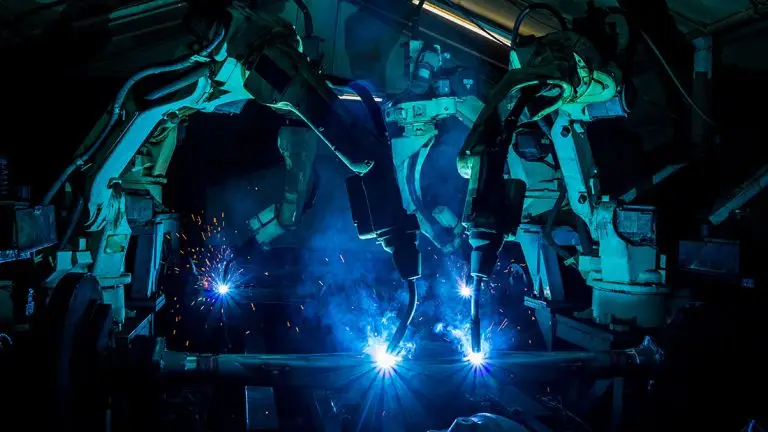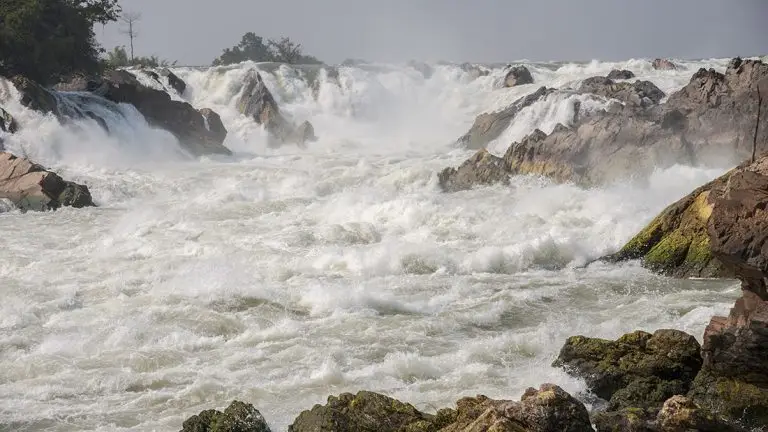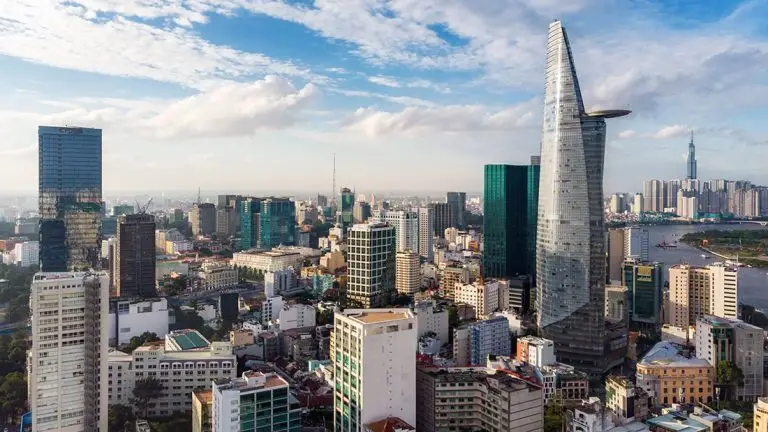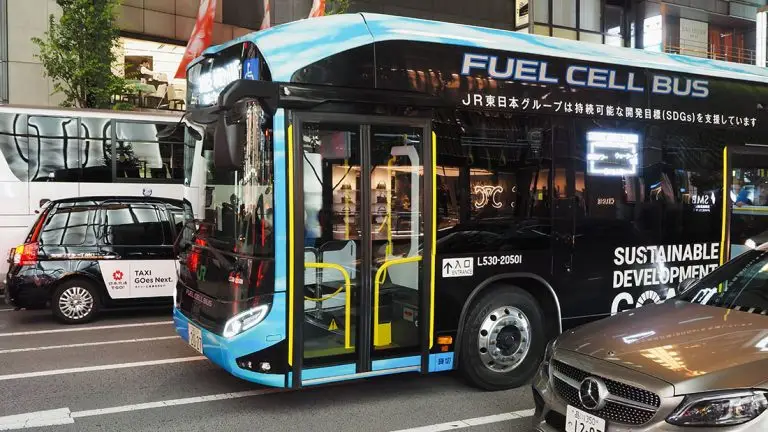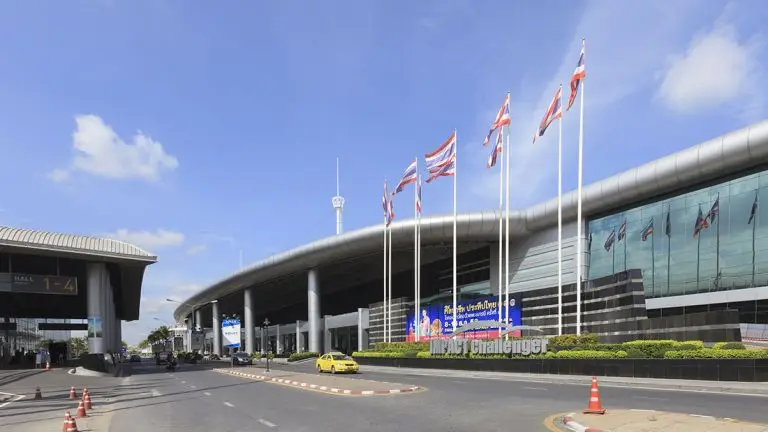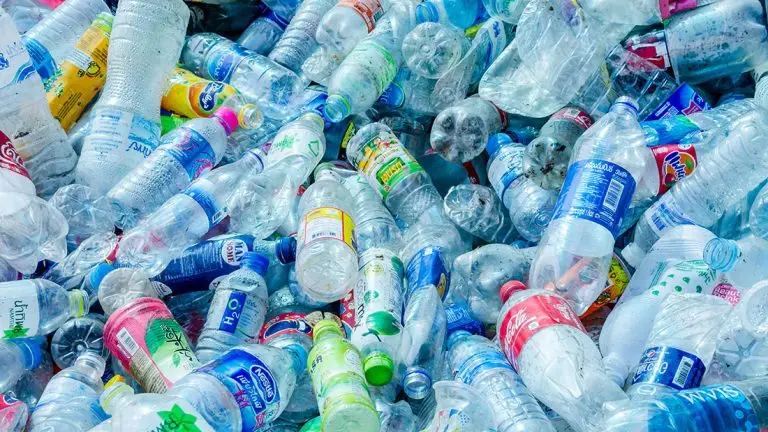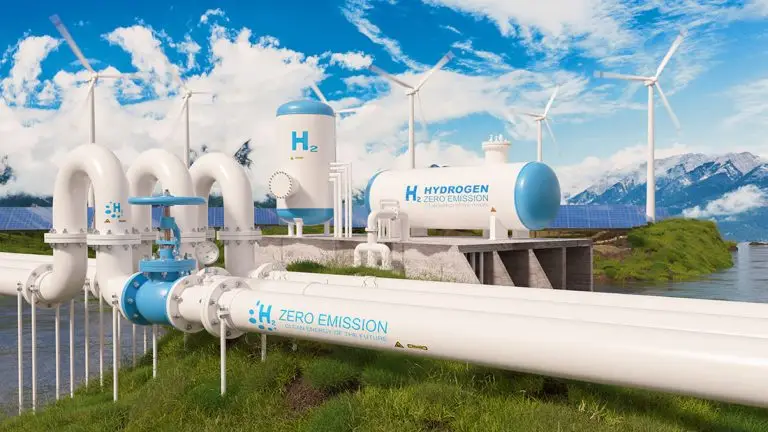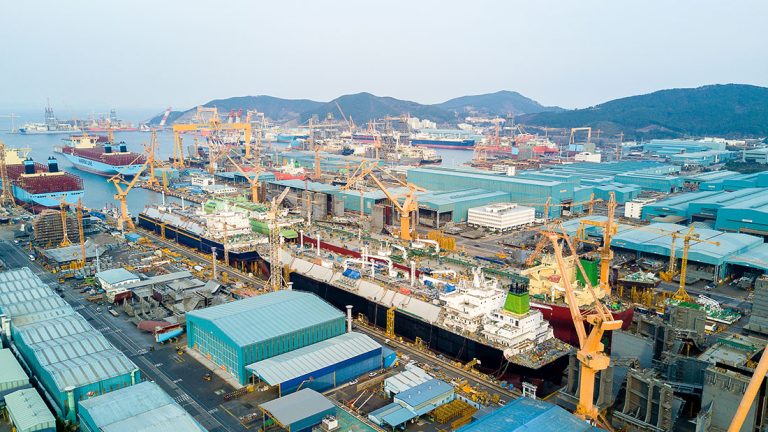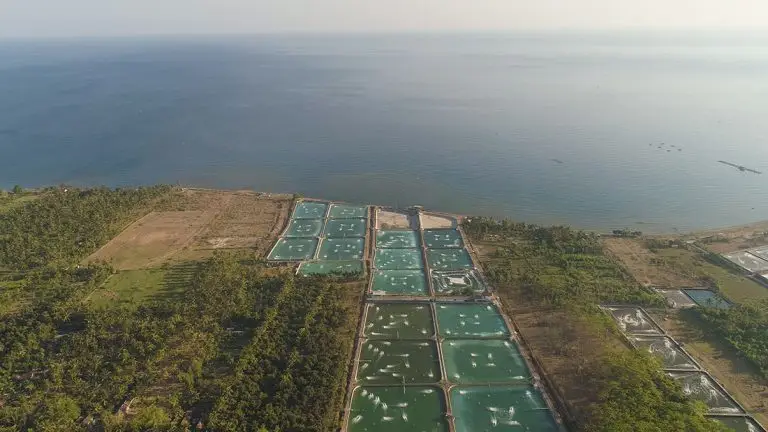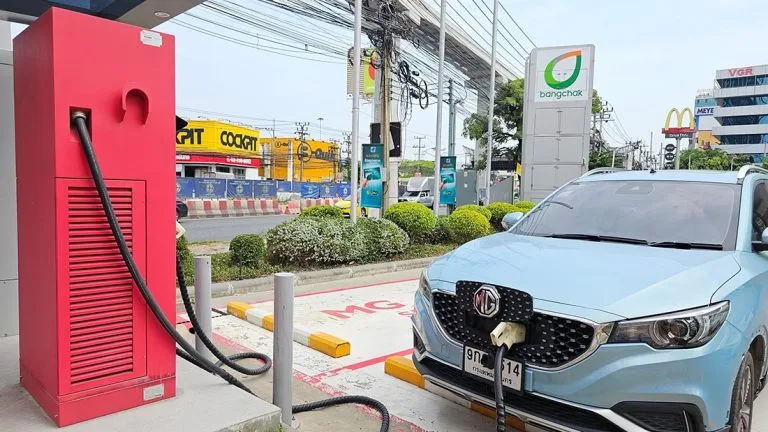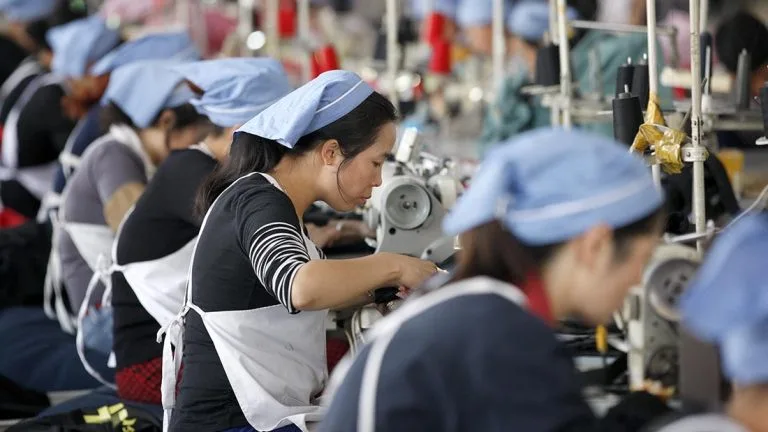- Countries in Southeast Asia are actively pursuing nuclear energy opportunities and will need support from foreign enterprises
- The Philippines aims to have nuclear power plants operational by 2032 while Indonesia has a 2034 target
- Small modular reactors and microreactors are the preferred approach in most markets
Several countries in Southeast Asia are identifying possible nuclear energy opportunities as they juggle reaching Net Zero targets with the need to meet growing electricity demands. Discussions are in the exploratory stage, although a few markets could begin building power plants in the coming years. Asian Insiders Partner in the Philippines and Malaysia, Germain Thomas, and Asian Insiders Managing Partner Thailand, Axel Blom, provide an overview of the situation.
No nuclear power plants operate in Southeast Asia, but that could be changing in the next ten years. Several countries are looking at nuclear power, including the Philippines, Thailand, Malaysia, Singapore and Indonesia.
There are two reasons for this. First, energy demand will continue to increase. The region is projected to account for more than a quarter of global energy demand growth over the next ten years.
Second, all the countries in Southeast Asia that are now exploring nuclear energy opportunities have emission reduction targets in place, including a Net Zero goal. Fossil fuels still make up a significant portion of energy capacity, which has compounded the challenge.
Nuclear is seen as a way to simultaneously scale up power production and reduce greenhouse gas emissions. This is not expected to impact the push for renewable energy across the region as the situation is not viewed as an either/or scenario.
The process of nuclear energy adoption is in the very early stages. Countries are establishing the necessary frameworks and structures to facilitate its eventual introduction.
Country-specific foundations may be a work in progress, but there are regional mechanisms, including the ASEAN Network of Regulatory Bodies on Atomic Energy (ASEANTOM) and the Nuclear Energy Cooperation Sub-Sector Network (NEC-SSN). These are facilitating the exchange of knowledge and capacity building.
Even then, questions over how exactly to implement nuclear loom large. Larger power plants can produce more energy but come with higher construction costs and take years to build. Small modular reactors (SMR) and microreactors are smaller, cheaper, and faster to construct, but have not been deployed on a widespread basis.
Where in Southeast Asia do nuclear energy opportunities exist?
The Philippines
The Philippines first attempted to implement nuclear energy in the 1980s with the completion of a facility roughly 100 kilometres away from Metro Manila. However, the Bataan Nuclear Power Plant was never put into operation due to concerns over its safety with the Chernobyl disaster taking place around the time it was supposed to come online.
Several attempts at reviving plans for nuclear power made little progress in the decades that followed before a push in the 2020s was able to make significant headway. The Philippines unveiled its Nuclear Energy Roadmap in late 2024.
It called for two nuclear power plants to be operational by 2032. These could produce roughly 1,200 MW with the roadmap calling for 4,800 MW to be produced from nuclear sources by 2050. The Philippine Department of Energy will start accepting applications for atomic energy projects next year.
Thailand
Thailand’s on-again, off-again nuclear energy ambitions date back to the 1970s when a research reactor was established. During the early 2010s, the Thai Energy Ministry announced intentions to draft a plan that called for a power plant to come online by 2026, but these efforts ultimately fizzled out.
The past year has seen the most tangible steps taken toward nuclear energy in the Kingdom. The Energy Regulatory Commission signed a memorandum of understanding (MoU) with the Office of Atoms for Peace for a study on the feasibility of advanced SMR nuclear power plants.
In June 2025, the Electricity Generating Authority of Thailand (EGAT) inked an MoU with Korea Hydro & Nuclear Power covering SMRs and the possibility for future projects.
Malaysia
Malaysia was on the cusp of developing nuclear energy production capabilities, but the programme was disbanded in 2018. Original plans called for two nuclear power plants to begin operations by 2021. Those would never come to fruition.
The country is now revisiting the potential for nuclear energy, and these efforts took a step forward recently when the Ministry of Energy Transition and Water Transformation launched a feasibility study. With much of the groundwork having been completed during the 2010s, progress could be made relatively quickly should the study return favourable findings.
Indonesia
Indonesia sees nuclear as a critical component of its goal to have 75 percent of power generated from clean energy sources. Earlier this year, Energy and Mineral Resources Minister Bahlil Lahadalia confirmed the country’s first plant would be developed by 2034. Formal proposals from Canada and Russia have already been received.
Singapore
Singapore’s Energy Market Authority (EMA) has appointed a firm to explore advanced nuclear energy technologies. The body stressed no decision had been made to deploy nuclear energy. The International Atomic Energy Agency has gone on record to state it believes Singapore could start work on a nuclear power plant before the end of the decade.
Public fears and other obstacles
Unfavourable sentiment around Asia regarding nuclear energy formed in the wake of the Chernobyl disaster. Additionally, many remember the Fukushima nuclear accident, which weighs heavily on public sentiment in Southeast Asia.
Southeast Asian countries will need to develop robust policies and frameworks to convince the general population that nuclear projects are worth pursuing. This has previously proven problematic.
The high costs of nuclear energy may be a roadblock for some nations. Options for funding are more limited than renewables. As mentioned earlier, SMR and microreactors could be one possible solution to this problem.
Finally, knowledge and talent are in short supply. Not only must countries build regulations and compliance, but they must also develop skills-building and education programmes that enable the industry to function successfully.
Final thoughts
As countries in Southeast Asia explore nuclear energy opportunities, experienced overseas entities are set to play a critical role moving forward. Governments are seeking out regulatory consulting and safety compliance to ensure a solid foundation is in place.
Engineering firms, technology providers and energy companies are also increasingly in demand as plans to build nuclear power plants progress. Fuel processing, spent fuel management and waste disposal solutions are a few areas possessing long-term potential.
It is important to note that partnerships in the space are not formed overnight. There is usually a preference to work with a company that either has a local presence or an understanding of the domestic market. For example, the Singapore EMA chose a British firm with operations in the country to conduct its study on nuclear energy.
At Asian Insiders, our in-country partners have deep knowledge of the energy markets and help you make the connections required to win in Asia. As countries throughout the region look to nuclear, now is the time to see where your firm can contribute to growth in the coming years.
To learn more, please get in touch with Germain Thomas, Partner in Malaysia and the Philippines: germain.thomas(at)asianinsiders.com or Axel Blom, Managing Partner, Thailand, axel.blom(at)asianinsiders.com


